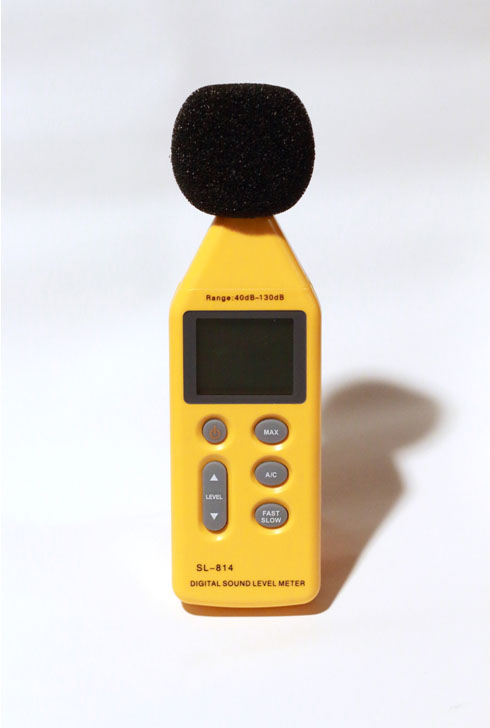I grew up in a rural area outside a small coal-mining town in eastern Kentucky. My childhood home was nestled in a little valley formed where three mountains met. The house itself sat on maybe 2 acres, with a small creek running along the back edge. Across the creek and up a dirt road, my parents owned a fair amount of mountain property we referred to as “the holler.”
It was in the holler that I spent much of my childhood – exploring the hills, building hideouts, monster hunting, and playing in old abandoned mines from generations past. (That last bit my mother was blissfully ignorant of. So let’s keep it between you and me, ok?)
One summer, in the midst of an adventure undoubtedly of epic proportions, I stumbled across an old green fiberglass bath tub. I had no idea how it got there or who put it there. But there it was, surrounded by tall weeds and filled with all the gross stuff that things abandoned in nature tend to accumulate. I stared at it for a bit. And then found a big stick to bang around on it in hopes of scaring away any poisonous snakes that might be lurking around. I flipped it over one way and then another. And then somehow I managed to stand it up on its short end so that it stuck straight up in the air.
It was a little dirty, yeah. But it would do. This would be my fuselage.
You see, the movie “Explorers,” starring River Phoenix, Ethan Hawke, and the third guy who never gets the recognition he deserves, had just come out the year before. And I was obsessed with it. The notion that three kids could build a spaceship out of junk and a computer wasn’t just a fantasy for me. It was a blueprint. A blueprint I was convinced I could follow. I just needed to find the right stuff. And, um, learn about computers.
We were, in fact, too poor to have a computer. I don’t think I had even touched one up to that point. But that didn’t stop me. I spent all summer collecting random bits of junk for my ship. Old hoses, sparkplugs, pipes, wires, etc. Everything had a purpose. I just didn’t know what it was, but I was sure the thing would tell me in time.
I had also gotten my hands on quite the collection of “3-2-1 Contact” magazines. Each issue had snippets of BASIC code in it for kids to try out. I didn’t understand a lick of it. But I was sure some magic could be found in there. Like a witch brewing her stew, I could take a little of this and little of that and everything would find its own way to become what I needed it to be.
I worked on and played in this ship for weeks.
Eventually, school started again. Summer gave way to fall. And though that particular adventure’s time had passed, the places my mind took me, the things my eyes saw, and the extraordinary reactions of all the imaginary people passing below me as I flew over them were all important. Not only did they provide an escape for me from a home in conflict, but they fueled even more wonderful adventures later on, teaching me about myself and helping me to learn that ambition and curiosity is a powerful combination.
The tub is gone now, carted away. The ground beneath it has been bulldozed over and now a house sits there that was built by a young couple who eventually purchased the land. I imagine there are still bits and bobs left over from that project, buried deep in the dirt that’s been imprinted with my stories. Artifacts from a little boy’s exploration into the unknown.
I like to think that in a parallel universe, little-boy-me actually succeeded in getting that ship off the ground.






